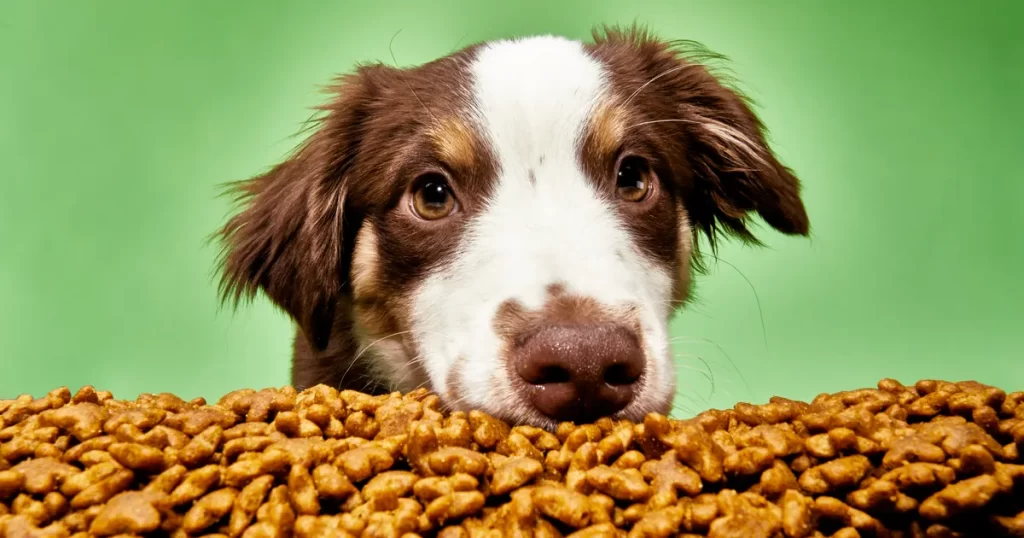Food allergies in dogs can be challenging and frustrating for pet owners to manage. Food allergies occur when a dog’s immune system overreacts to a particular protein in their food. Symptoms of food allergies in dogs can include skin irritation, itching, gastrointestinal upset, and even ear infections. In this article, we will provide you with a detailed description of how to manage food allergies in your dog.

Identify the Allergen
The first step in managing food allergies in your dog is to identify the allergen. This can be challenging since dogs can be allergic to different types of proteins in their food. The most common allergens in dog food are beef, chicken, dairy products, wheat, corn, and soy. However, dogs can also be allergic to other types of proteins, so it is essential to work with your veterinarian to identify the allergen. There are several methods for identifying food allergies in dogs, including elimination diets, blood tests, and skin tests. An elimination diet is the most reliable method and involves feeding your dog a diet consisting of a single protein and carbohydrate source for about 8-12 weeks. After this period, you can slowly reintroduce other foods into your dog’s diet to determine if they are allergic to them.
Switch to a Hypoallergenic Diet
Once you have identified the allergen, you can switch to a hypoallergenic diet. Hypoallergenic diets are designed for dogs with food allergies and are made with limited ingredients to prevent allergic reactions. These diets typically contain a single protein source and a single carbohydrate source that your dog has not been exposed to before. There are two types of hypoallergenic diets: hydrolyzed protein diets and novel protein diets. Hydrolyzed protein diets are made by breaking down the proteins in the food into smaller molecules, making it less likely to trigger an allergic reaction. Novel protein diets are made with novel protein sources such as duck, venison, or kangaroo that your dog has not been exposed to before.

Avoid Treats and Table Scraps
When managing food allergies in your dog, it is essential to avoid treats and table scraps that may contain the allergen. Even small amounts of the allergen can trigger an allergic reaction in your dog, so it is best to stick to hypoallergenic treats or to avoid giving treats altogether.
Read the Labels
When choosing dog food for a dog with food allergies, it is essential to read the labels carefully. Ingredients can change, so it is important to check the label each time you purchase dog food. Look for dog food that does not contain the allergen, and avoid dog food that lists “meat by-products” or “animal digest” since they can contain a mix of proteins that your dog may be allergic to.
Consider Supplements
Supplements such as omega-3 fatty acids and probiotics can help manage food allergies in dogs. Omega-3 fatty acids can help reduce inflammation and improve skin health, while probiotics can help improve gut health and reduce the risk of gastrointestinal upset.
Work with Your Veterinarian
Managing food allergies in dogs can be challenging, and it is essential to work with your veterinarian throughout the process. Your veterinarian can help identify the allergen, recommend a hypoallergenic diet, and provide guidance on managing your dog’s food allergies. They can also monitor your dog’s progress and adjust the diet as needed.

In conclusion, managing food allergies in dogs can be challenging, but it is essential to identify the allergen and switch to a hypoallergenic diet. Avoid treats and table scraps that may contain the allergen, read labels carefully, consider supplements, and work with your veterinarian throughout the process. With proper management, dogs with food allergies can lead happy and healthy lives.

